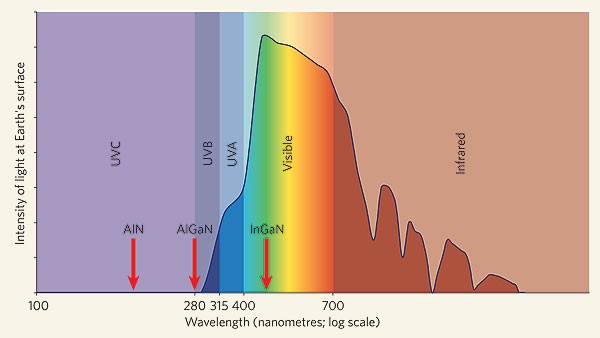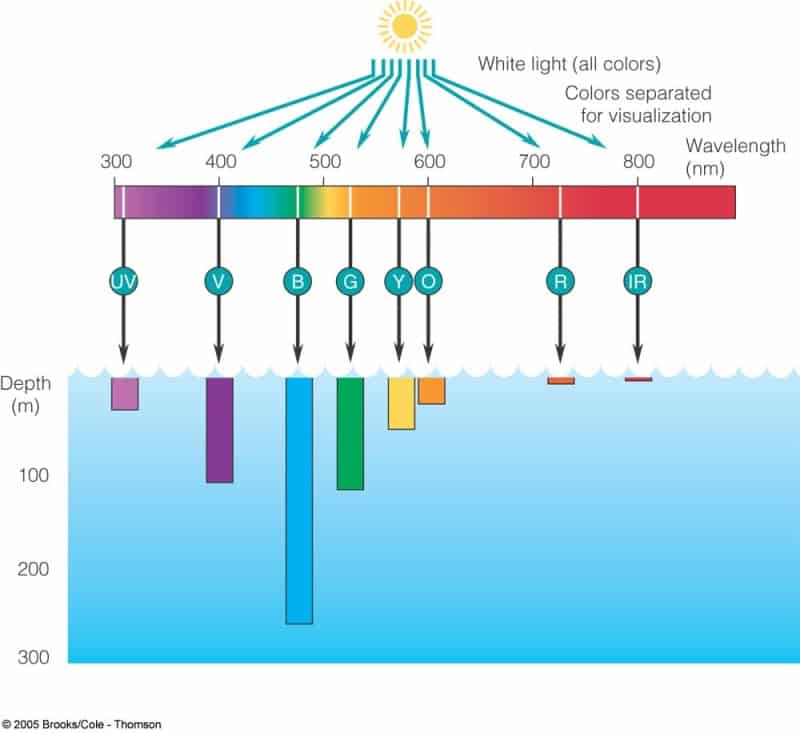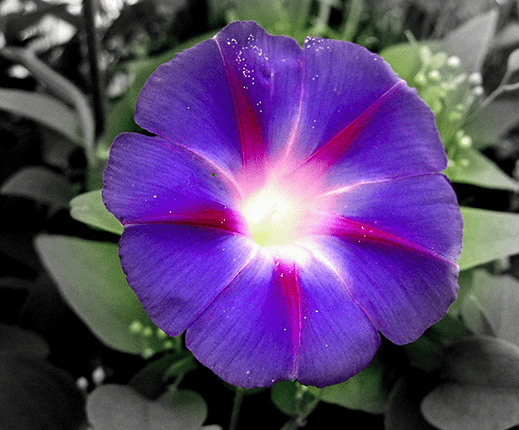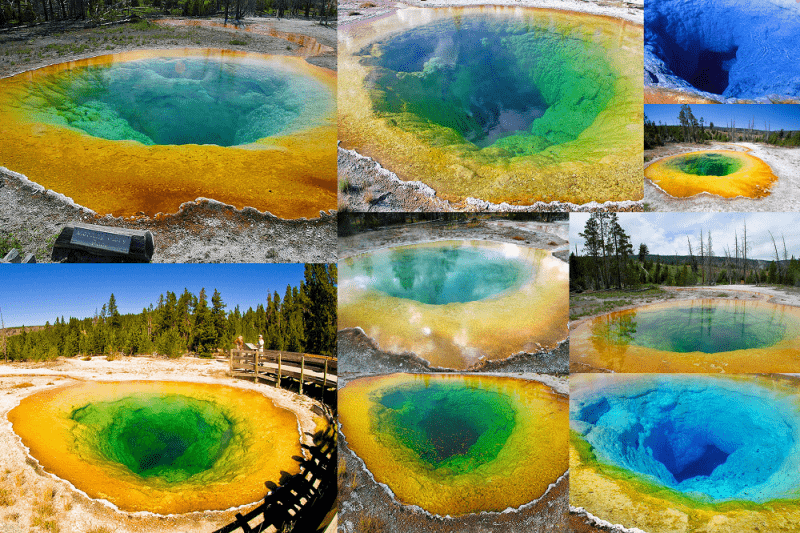Have you ever asked yourself a question – why the water is blue? Obviously,we mean something large like sea or the ocean. If you take a glass of water, the liquid seems transparent and colorless, yet vast amounts of water possess certain colors. Let’s try to understand why it happens.
The color of the ocean is defined by the mechanism of absorption and dissipation of light by water molecules. Geoscientist Vasily V. Shuleikin described this complicated mechanism only in 1923. It turned out that water molecules move oscillatory, thus, they absorb waves of different length. Red wavelengths are predominantly absorbed, blue are less. Water molecules scatter blue wavelengths by absorbing the light waves and reemit those waves in different directions into the air, while red wavelengths are “swallowed” by the ocean. This makes ocean seem blue, and this is exactly why underwater photos are so full of blueness.
As we know, sunlight is mixture of different wavelengths, the intensity of them is different and shown on the picture below:
Look at the diagram below. It shows how the sun light goes through the ocean. Green color reaches only 100 m depth while blue manages to cover 200-300m.
To fully understand the nature of light and connection between light and color watch our video lecture:

The following figures describe the amount of light absorbed by water:
– Only 80% of sunlight from the surface of water come to the 10 cm depth;
– Only 20% of light reach the 20 m depth;
– 50 m depth holds only 1% of light;
– 0,002% of light is left for the 100 m depth.
Then comes the darkness.
Color of the ocean depends on the features of water molecules; however, its transparency is connected with small organisms living in water. Plankton, suspensions, and mud reduce the water clarity. NASA discovered that the lowest concentration of plankton appears along the shores of Easter Island. That’s why the water there is significantly cleaner.
Light reflection influences the color of water when its surface is still. It means that tints depend on reflection. The brightness of light depends on the angle at which we look at water. The higher the angle is the bluer water we see. Moreover, everything that water contains influences its color. Algae, for instance. The water with algae takes on their color. Sometimes the color of the sea is different across the whole area. It happens due to the clouds and their shadows. The contents of water are of great importance. There are waters that are not blue in color, so why are they brown, black or grey? It depends on the things the water absorb. Mud, for example, reflects more red color, therefore, water turns to be brown. A lake full of turf would definitely be black. Cloudy day make the sea grey, because clouds (made up of water droplets) do not let the sunlight through. Water in the cup is transparent, but if we spill this water into the sea, it will acquire its color. The water absorbs blue color badly, so usually we see it blue. To define the true color of water we need to put it in long cylindrical reservoir. If you look top down on water, you will see the powder-blue tint.
It is necessary to mention a unique case of water coloring dependent on several factors. We’re speaking about the lake Morning Glory situated in Yellowstone National Park. Mrs. McGowan, a wife of Charles McGowan (the Park’s superintendent), gave it a name in 1883. She called it “Convolutus” in honor of Morning Glory flower, which is also strangely curved:
Some time ago this spring had blue color with yellow edging. Yet people have left their imprint. Numerous visitors threw coins and rubbish into the lake. Source of the hot lake was blocked, and colonies of microorganisms started to multiply within the water. It fueled marvelous color combination. Park inspectors try to clean it from time to time, but with a little result.










